Jenny McGrath
Updated Thu, September 28, 2023
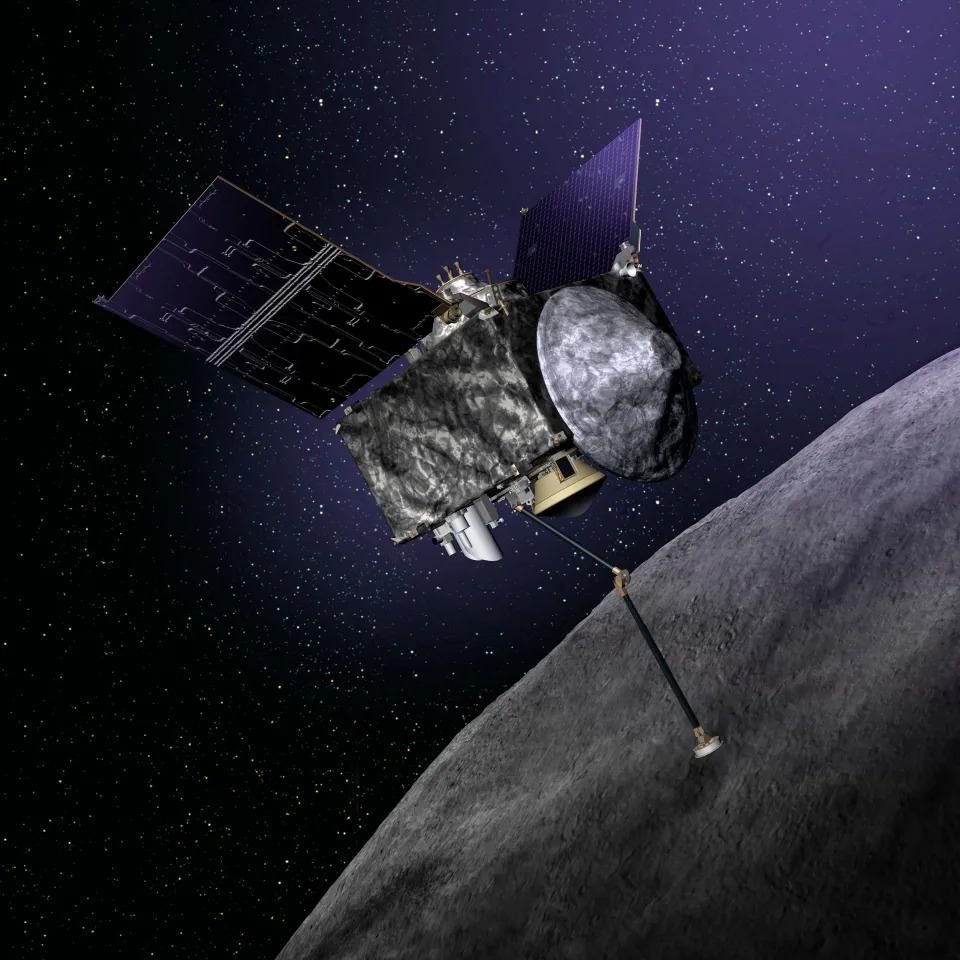
Artist's illustration of NASA's OSIRIS-REx probe sampling an asteroid.Lockheed Martin
NASA's OSIRIS-REx has been traveling for seven years to get an asteroid sample to Earth.
It landed on the Bennu asteroid in 2020 and collected the sample but still had a long way home.
Check out its 3.86 billion-mile journey from launch to asteroid sample landing in the photos below.
NASA's OSIRIS-REx delivered an asteroid sample — the largest ever — to Earth on Sunday.
The spacecraft had traveled 3.86 billion miles in space to complete its main objective.
Here's the harrowing story of this historic spacecraft and what's next for it.
OSIRIS-REx launches
NASA first launched OSIRIS-REx seven years ago.United Launch Alliance via NASA
The spacecraft launched on September 8, 2016 on the Atlas V 411 rocket out of Cape Canaveral, Florida.
The gravity assist
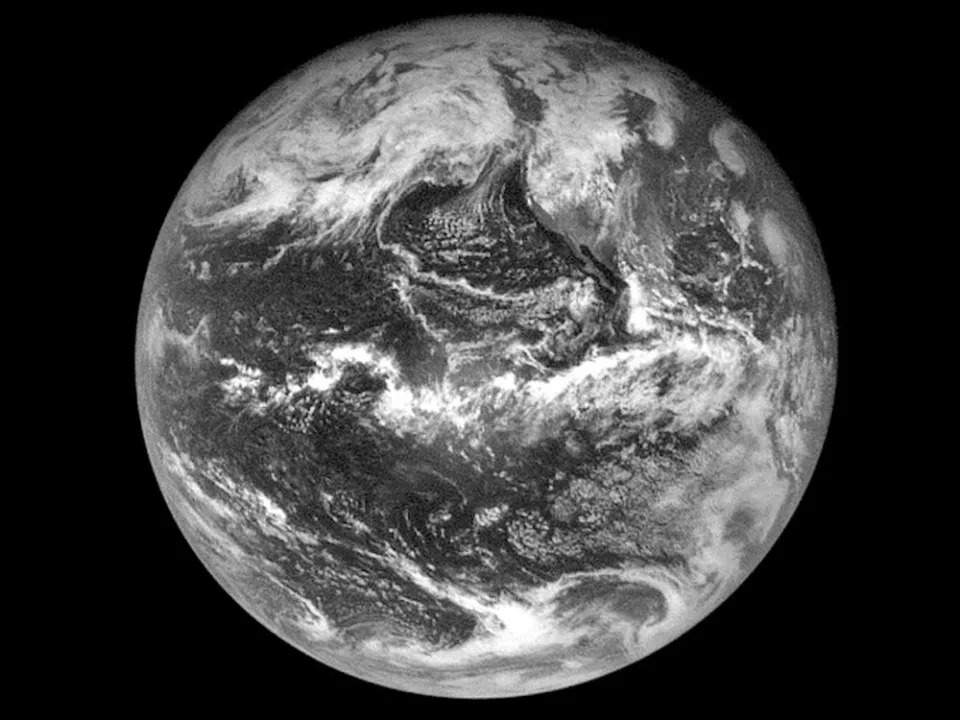
The first image NASA’s OSIRIS-REx spacecraft took after completing its Earth Gravity assist maneuver.NASA/Goddard/University of Arizona
One of its first major maneuvers was to whip around Earth in what's called a gravity assist. Earth's gravity acts like a slingshot, propelling the spacecraft forward toward its distant target, the asteroid Bennu.
Orbiting Bennu

This image was captured by OSIRIS-REx's MapCam imager as the spacecraft flew under Bennu's south pole during the mission's Preliminary Survey of the asteroid.NASA/Goddard/University of Arizona
In 2018, OSIRIS reached Bennu and began orbiting it.
Collecting the sample
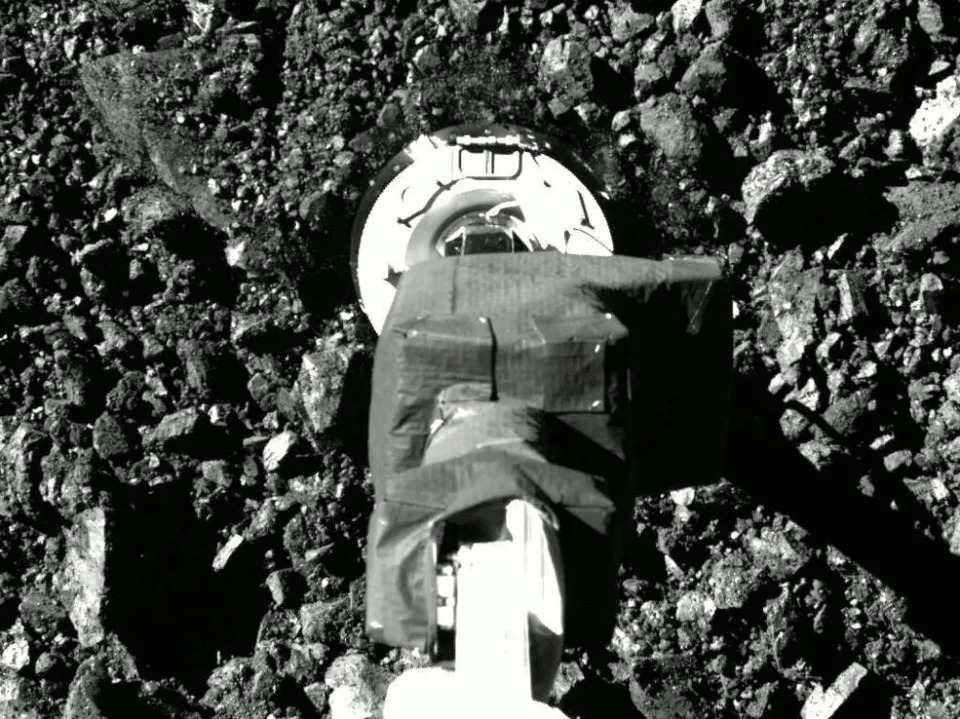
NASA's OSIRIS-REx collects a sample from the rocky surface of the asteroid BennuNASA/Goddard/University of Arizona
In 2020, the spacecraft closed in on its target and scooped up a huge amount of regolith, the dust and dirt from Bennu's rocky surface.
A boulder-filled surface
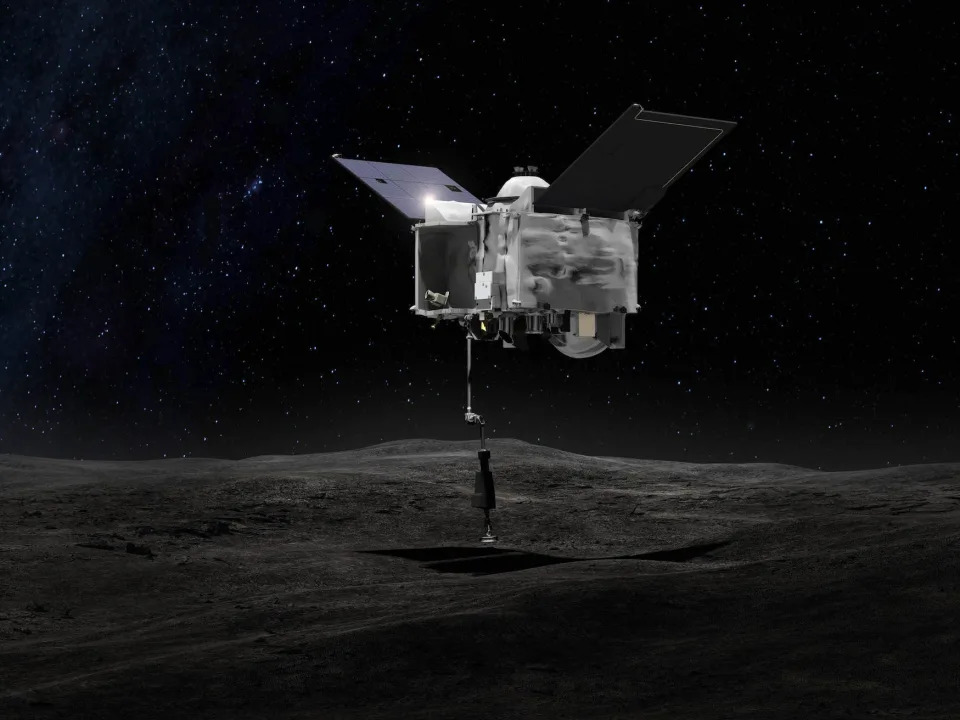
This artist's concept shows the OSIRIS-REx spacecraft contacting the asteroid Bennu with the Touch-And-Go Sample Arm Mechanism or TAGSAM.NASA's Goddard Space Flight Center
This was one of the most critical and dangerous moments for OSIRIS because the asteroid's terrain was rockier than researchers expected, and the boulders could have meant a rough landing.
OSIRIS-REx makes contact
Dante Lauretta, the mission's principal investigator, called the moment OSIRIS landed "transcendental." In the end, the spacecraft safely escaped Bennu's surface with its prize.
A nerve-wracking leak
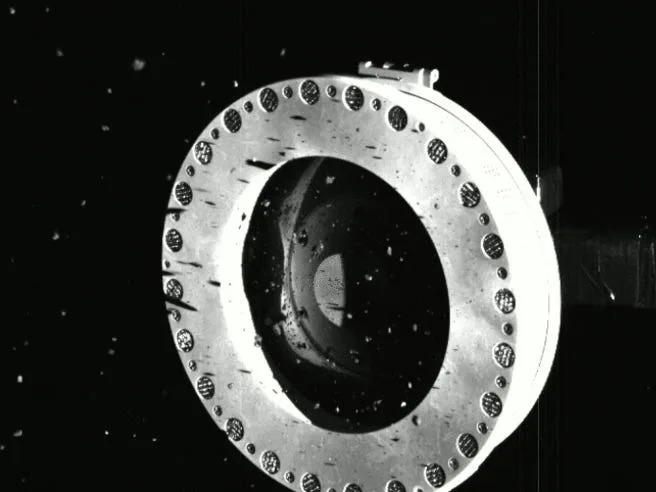
Three images show some particles escaping NASA's OSIRIS-REx sampler head.NASA
Things nearly went awry when the container didn't close properly and dust started leaking out. Luckily, the spaceship's controllers acted quickly to safely seal the sample in a capsule. Ultimately, NASA estimates OSIRIS returned with about 8.8 ounces, or about half a pound, of dirt.
A fly-by delivery
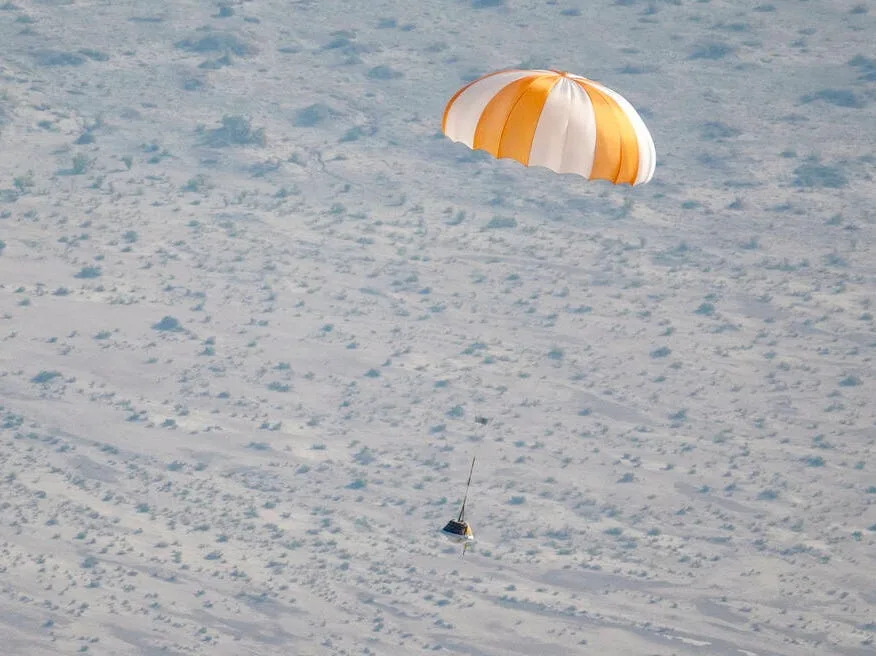
As part of a training mission, NASA used a model of the OSIRIS-REx sample to prepare for its retrieval.NASA/Keegan Barber
After collecting the largest asteroid sample ever brought to Earth, OSIRIS began its long journey home.
On September 24, 2023, it flew by Earth and delivered the asteroid sample to the Department of Defense's Utah Test and Training Range near Salt Lake City.
Sample retrieval
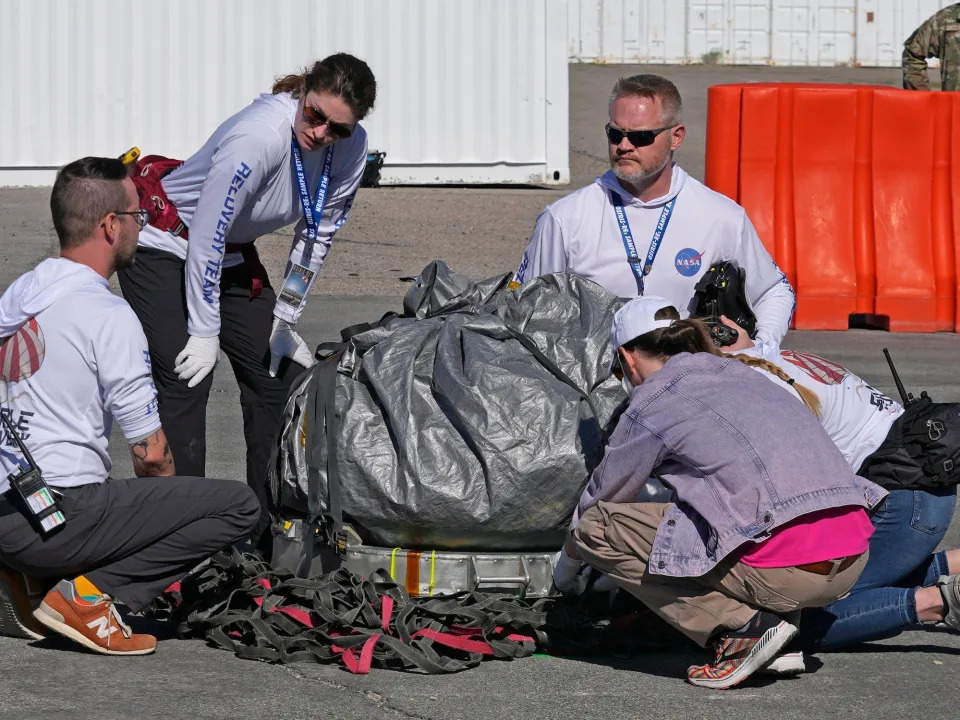
Recovery team members gather around a capsule containing Bennu asteroid samples as part of NASA's OSIRIS-REx mission.AP Photo/Rick Bowmer, Pool
Recovery teams collected the sample from the desert. Some of the sample will be spliced and diced immediately, but some of it will be preserved for future generations of scientists to analyze for centuries to come.
Headed to Houston
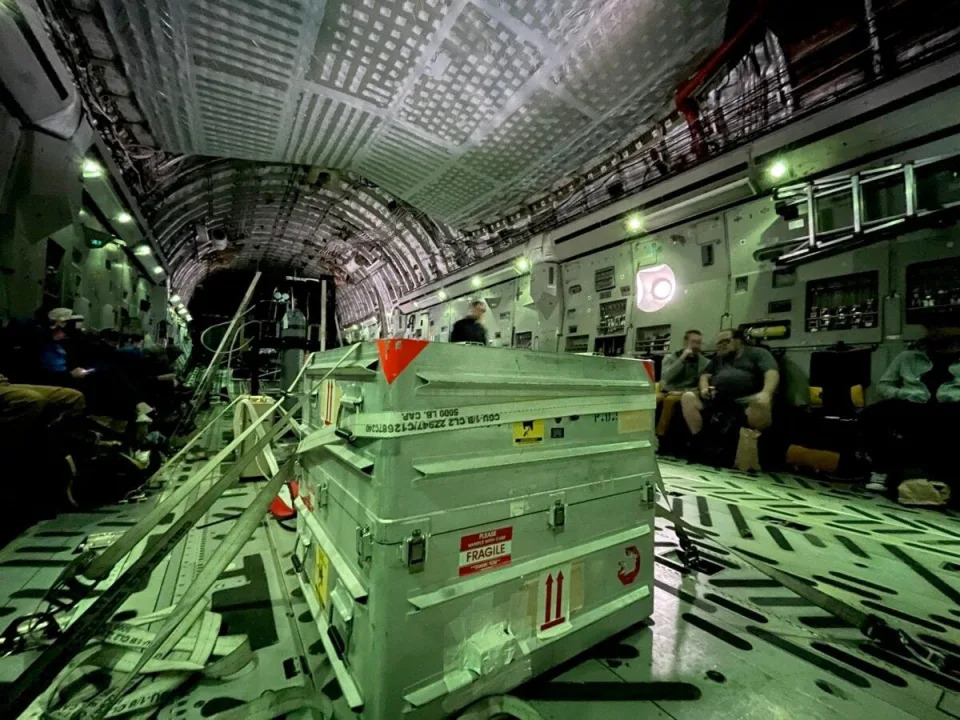
A shipping container with the capsule of asteroid Bennu's sample traveled onboard a US Air Force C-17 aircraft to NASA’s Johnson Space Center in Houston.NASA/ Molly Wasser
The sample is now at NASA's Johnson Space Center in Houston, Texas.
"The asteroid sample poses no risk to Earth," according to NASA. "Bennu is an irradiated rock, and there is no chance that the sample could contain living organisms."
Analyzing the sample
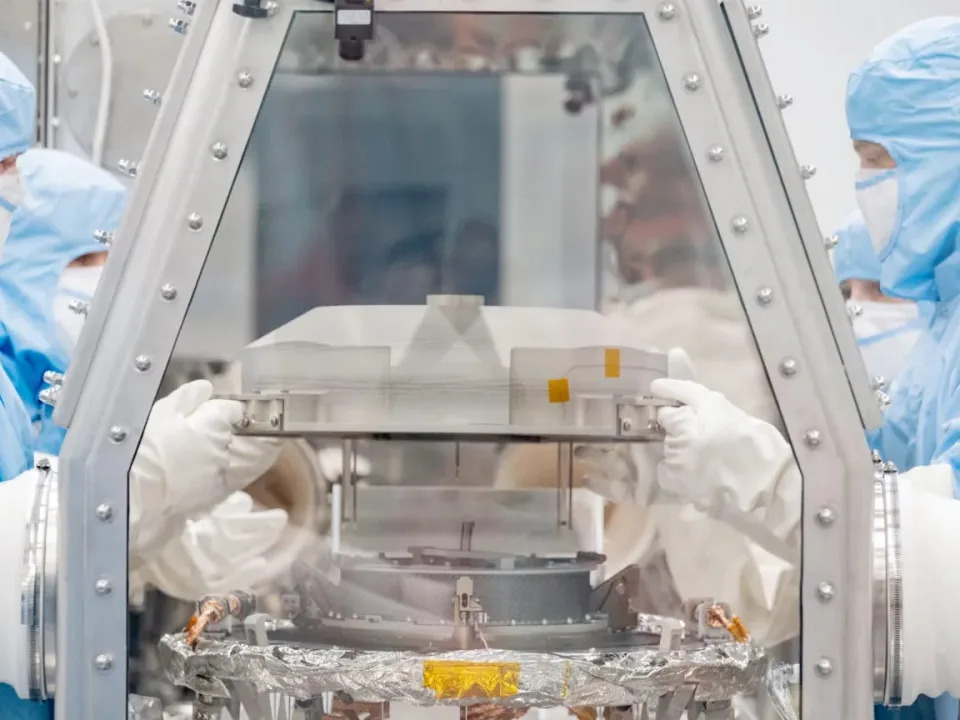
Lockheed Martin recovery specialists Levi Hanish and Michael Kaye take the lid off NASA's OSIRIS-REx asteroid sample.NASA/Robert Markowiz
It will spend several weeks in a clean room before the regolith is sent to scientists all over the world.
"Those samples will be analyzed in the weeks, months, years, decades, really centuries to come," Noah Petro, a research space scientist with NASA, told Insider.
Why Bennu?
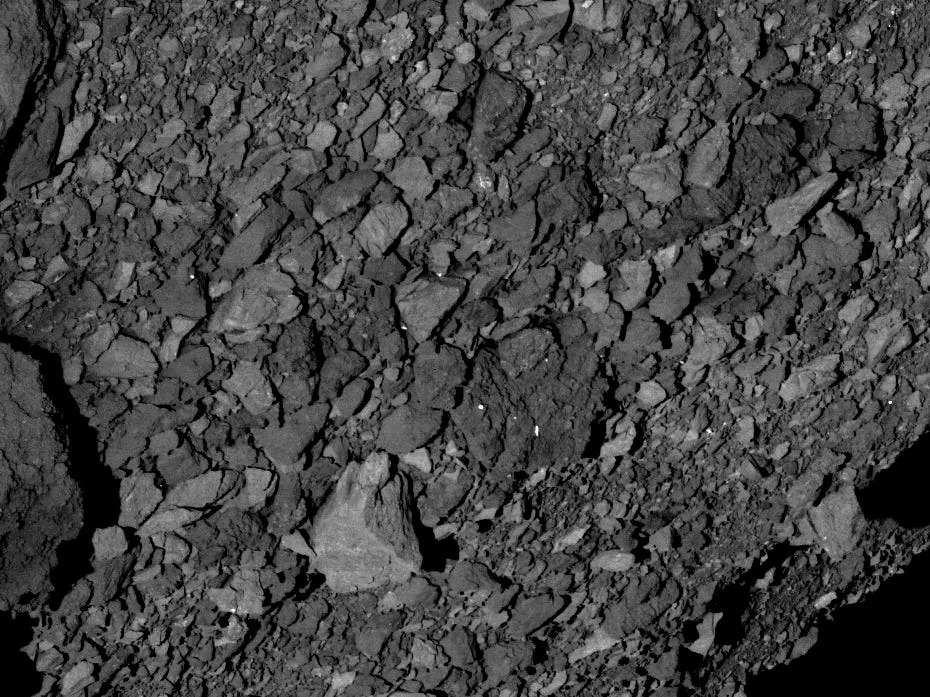
This image shows a view across asteroid Bennu's southern hemisphere, demonstrating the number and distribution of boulders across the surface.NASA/Goddard/University of Arizona
Because Bennu is so old, scientists are hoping studying its dust will give us clues about how our solar system formed and help determine if asteroids carry the key chemicals that ultimately helped lead to the rise of life on Earth.
What's next for OSIRIS?
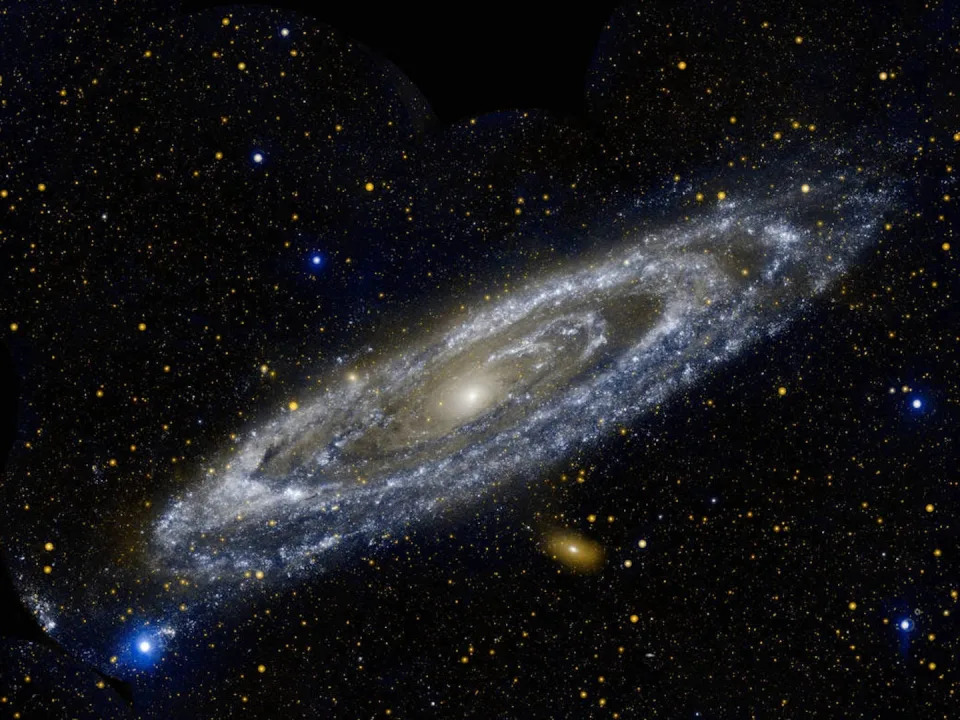
OSIRIS-REx has only just begun to explore our solar neighborhood.NASA/JPL-Caltech
OSIRIS's mission isn't over. It's headed to orbit another asteroid, Apophis, which it will reach in 2029.
Nasa's mission to 'metal asteroid' could reveal what's inside Earth
Rob Waugh
·Contributor
Updated Thu, September 28, 2023
Nasa crews work on the Psyche spacecraft that will study a metal rich asteroid located between Mars and Jupiter. (Los Angeles Times via Getty Images)
Nasa will soon launch a mission to a unique metal-rich asteroid that could hold the secrets of what is inside our own planet and how Earth formed.
The earliest possible launch date for the Psyche mission is 5 October, but it could launch at any time during October, targeting a very unique 170 mile (274 km)-wide space rock.
Psyche is a metal-rich asteroid orbiting the sun between Mars and Jupiter.
Scientists believe the rock could be the exposed core of a planetesimal, an early planetary building block.
What do scientists hope to find?
Psyche could offer a unique insight into the interior of terrestrial planets like Earth (something that we currently can’t drill down to find out) and could offer insights into the distant past of our own Earth.
The spacecraft's thrusters passed final tests earlier this summer, and the science instruments – a multispectral imager, magnetometer, and gamma-ray and neutron spectrometer – that will investigate the asteroid Psyche are poised for action.
Read more:
Psyche asteroid that could make everyone a billionaire (The Independent)
Astronomers find closest black hole to Earth (AP)
Lindy Elkins-Tanton, principal investigator for Psyche at Arizona State University, said: "These missions take so many people and so much meticulous, rigorous, personally driven work.
"I am ready to be ecstatic. We all are, but we are not ecstatic yet. Let’s launch and establish communications – then we can scream, jump, and hug each other."
A clean room engineer prepares the Psyche mission spacecraft inside a Spacecraft Assembly Facility clean room at Nasa's Jet Propulsion Laboratory (JPL)
(Photo by Mario Tama/Getty Images)
When will we hear answers?
Nasa's Psyche spacecraft will take a spiral path to the asteroid Psyche, using solar electric propulsion to accomplish its six-year journey to the asteroid.
"It's getting increasingly real," said Henry Stone, Psyche's project manager at Nasa's Jet Propulsion Laboratory in southern California. "The team is more than ready to send this spacecraft off on its journey, and it’s very exciting."
Measuring roughly 173 miles at its widest point, the asteroid Psyche presents a unique opportunity to explore a metal-rich body that may be part of a core of a planetesimal, the building block of an early planet.
Once the spacecraft reaches Psyche in the main asteroid belt between Mars and Jupiter, it will spend about 26 months orbiting the asteroid, gathering images and other data that will tell scientists more about its history and what it is made of.
Will everyone become a billionaire?
Psyche might contain minerals worth an estimated $10,000 quadrillion, researchers said this year – and could mark the dawn of a new industry: asteroid mining.
Other researchers are less sure, suggesting the asteroid might consist mostly of iron, possibly in a texture something like steel wool.
But many asteroids are thought to contain vast sources of precious metals. Indeed, Goldman Sachs has predicted that the world’s first trillionaires could be created by a new asteroid 'gold rush'.
The website Asterank measures the potential value of more than 6,000 asteroids tracked by Nasa – and suggests that mining just 10 asteroids chosen for their proximity to Earth could net $1.5trn.
No comments:
Post a Comment